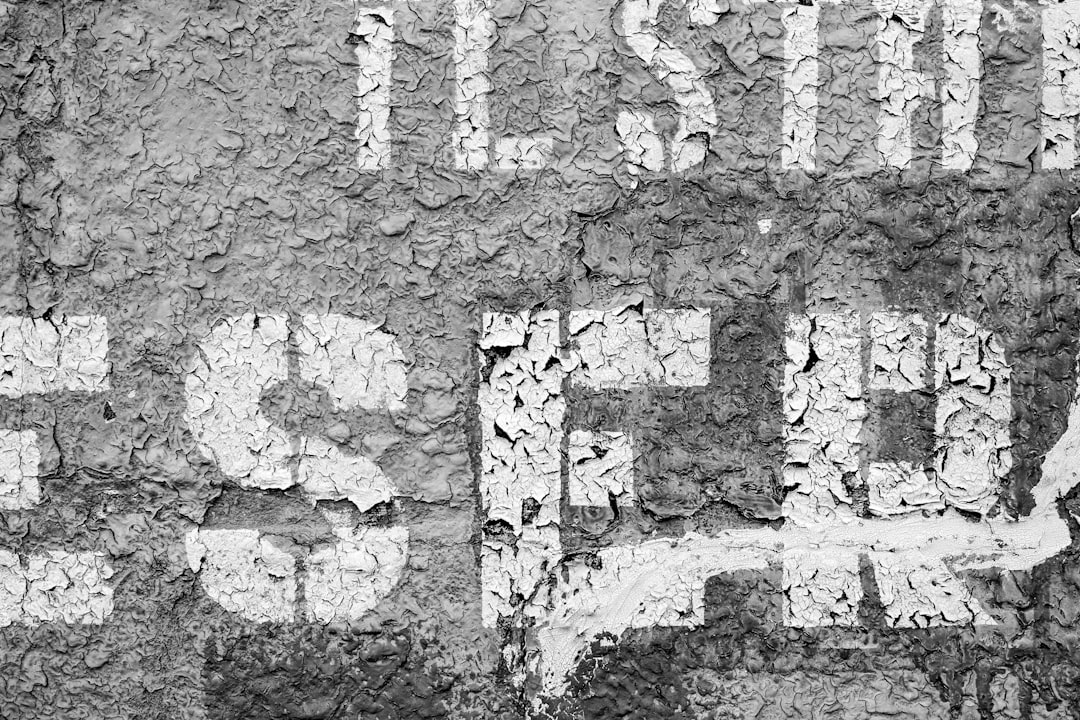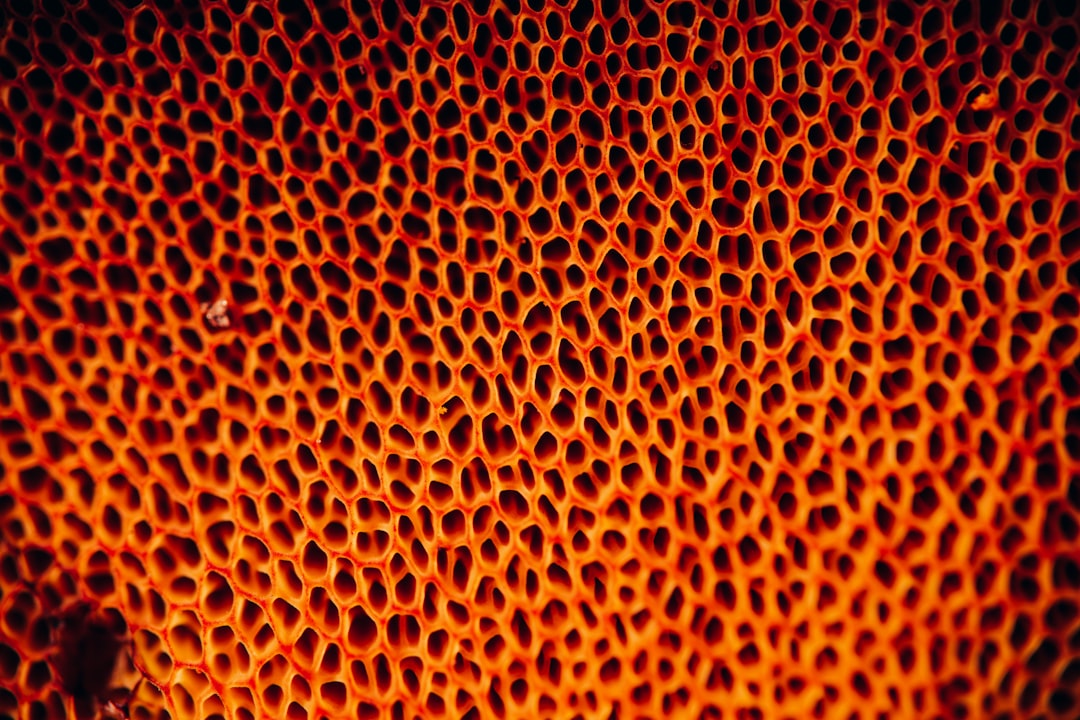What is it about?
Using linear elastic fracture mechanics in calculation of stress intensity factor of welded Joints. The investigation of fatigue strength needs an accurate solution and reliable values of the stress intensity factor (SIF). In this study, SIF of load-carrying cruciform welded joints has been evaluated using finite element method (FEM), and compared with the available solutions from literature. Load-carrying cruciform welded joints with isosceles triangles and non-isosceles triangle fillet weld shapes were considered and have been analyzed by the FEM-based simulator FRANC2D program. Moreover, the effects of plate thickness and penetration depth have been considered. The aim of this work was to study the effects of these geometrical variables on fatigue SIF of the load-carrying welded joints with lack of penetration. The ability of FRANC2D to find an appropriate SIF solution is shown and compared with available solutions.
Featured Image
Why is it important?
The investigation of fatigue strength needs an accurate solution and reliable values of the stress intensity factor (SIF). In this study, SIF of load-carrying cruciform welded joints has been evaluated using finite element method (FEM), and compared with the available solutions from literature. Load-carrying cruciform welded joints with isosceles triangles and non-isosceles triangle fillet weld shapes were considered and have been analyzed by the FEM-based simulator FRANC2D program. Moreover, the effects of plate thickness and penetration depth have been considered. The aim of this work was to study the effects of these geometrical variables on fatigue SIF of the load-carrying welded joints with lack of penetration. The ability of FRANC2D to find an appropriate SIF solution is shown and compared with available solutions.
Perspectives
The comparison of stress intensity factor has been Benchmarked
Dr. Ahmed Almukhtar
Read the Original
This page is a summary of: Comparison of the Stress Intensity Factor of Load-Carrying Cruciform Welded Joints with Different Geometries, Journal of Materials Engineering and Performance, October 2009, Springer Science + Business Media,
DOI: 10.1007/s11665-009-9552-1.
You can read the full text:
Contributors
The following have contributed to this page










